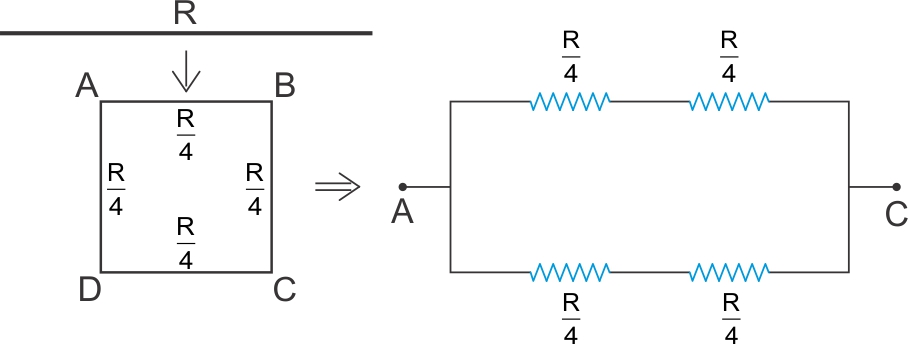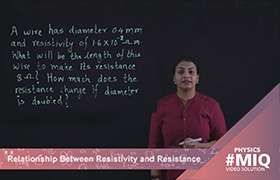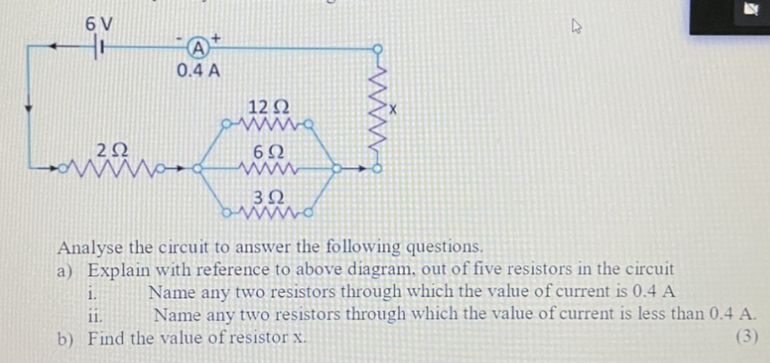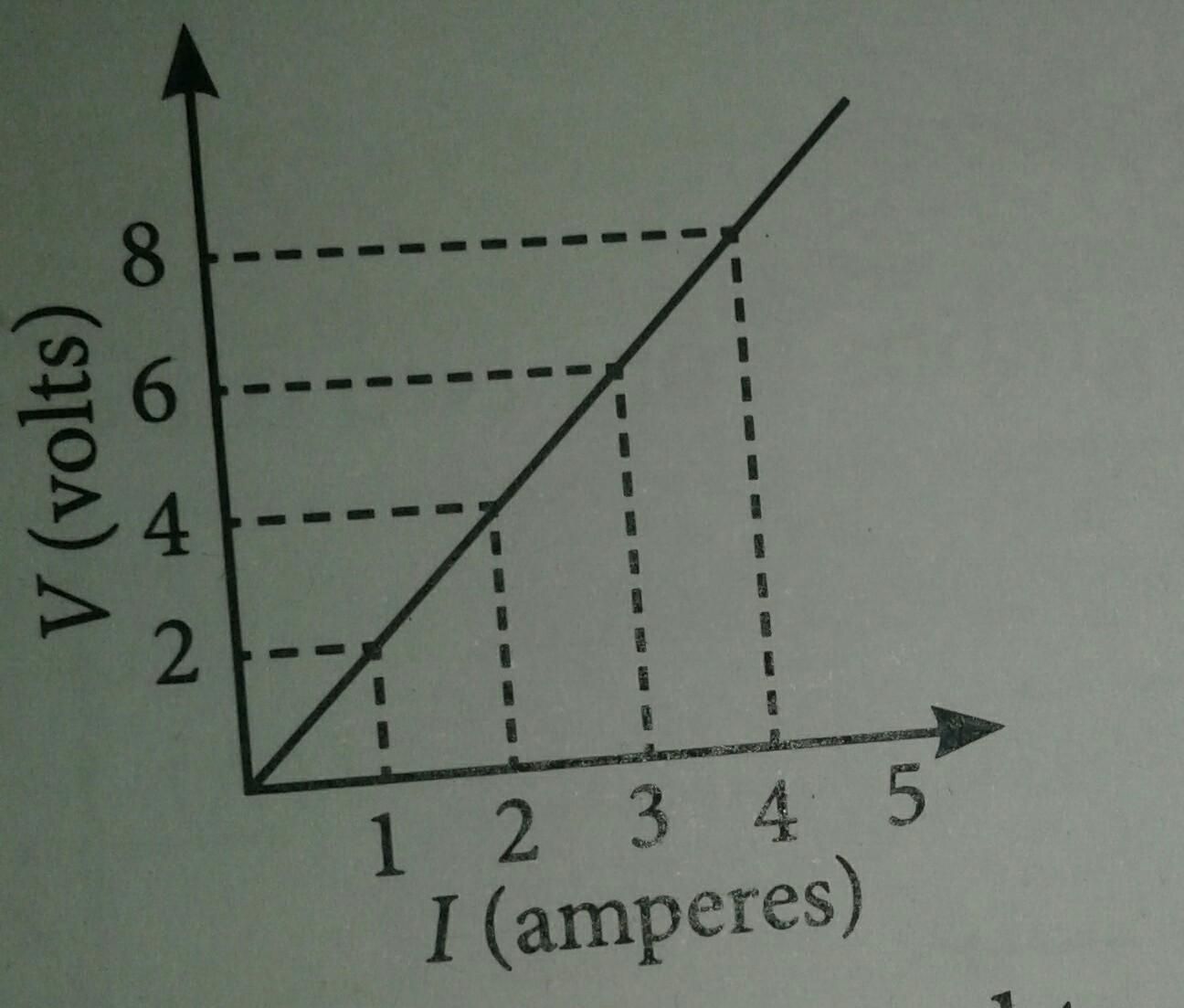CBSE Class 10 Answered
a given wire of resistance R is made in a form of a square find out the resistance across any diagnal??
Asked by Muskan | 18 Jul, 2014, 02:21: PM

A wire of resistance R is made to form a square. Hence, each side of the square will have resistance R/4.
When we want to find the resistance across any of the diagonal the equivalent circcuit is as shown above.
Two resistors will be in series and this series combination will be in parallel with the other series combination.
Hence, the equivalent series resistance will be

Now, the equivalent resistance between any of the diagonals will be

Answered by Romal Bhansali | 18 Jul, 2014, 04:19: PM
Application Videos
Concept Videos
CBSE 10 - Physics
Asked by khajannirwan | 27 Feb, 2024, 10:20: PM
CBSE 10 - Physics
Asked by prassanna.j | 03 Sep, 2023, 12:13: PM
CBSE 10 - Physics
Asked by sr558079 | 27 May, 2022, 01:40: PM
CBSE 10 - Physics
Asked by alka08156 | 17 Jul, 2021, 07:27: PM
CBSE 10 - Physics
Asked by rameshsanjaay3 | 08 Jun, 2021, 04:07: PM
CBSE 10 - Physics
Asked by praveengupta2919.9 | 31 May, 2021, 02:53: PM
CBSE 10 - Physics
Asked by harjot.arshleen | 21 May, 2021, 06:48: PM
CBSE 10 - Physics
Asked by bobyison | 02 May, 2021, 06:35: PM
CBSE 10 - Physics
Asked by kritikabrahma23 | 13 Apr, 2021, 07:22: PM











